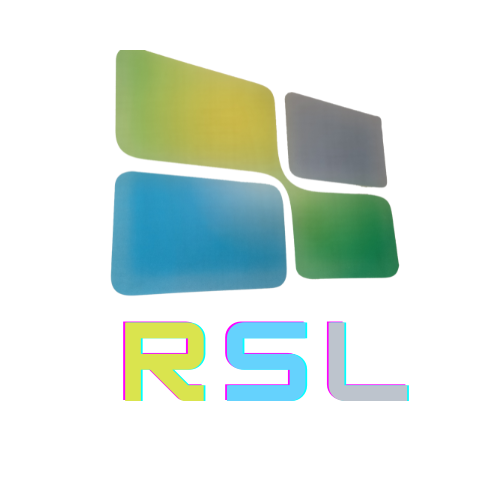Basic Generative AI (Fundamentals & Core Concepts)
At this stage, it's all about understanding how it all started—from rule-based models to simple neural networks.
Understanding Generative Models
These models learn patterns in data and recreate similar content.
Types of Models
- Autoregressive Models (e.g., GPT, RNNs, LSTMs)
- Variational Autoencoders (VAEs)
- Generative Adversarial Networks (GANs)
Old-School Approaches
Rule-based logic and statistical methods (like Markov Chains) were early stepping stones.
Feature Extraction for Different Formats
- Text: Word2Vec, BERT
- Images: CNNs like ResNet
- Audio: RNNs + Spectrograms
Early Neural Networks
Simple feedforward networks helped in generating digits and text.
First Steps in Text Generation
RNNs and LSTMs made it possible for machines to start forming sentences and respond to basic questions.


